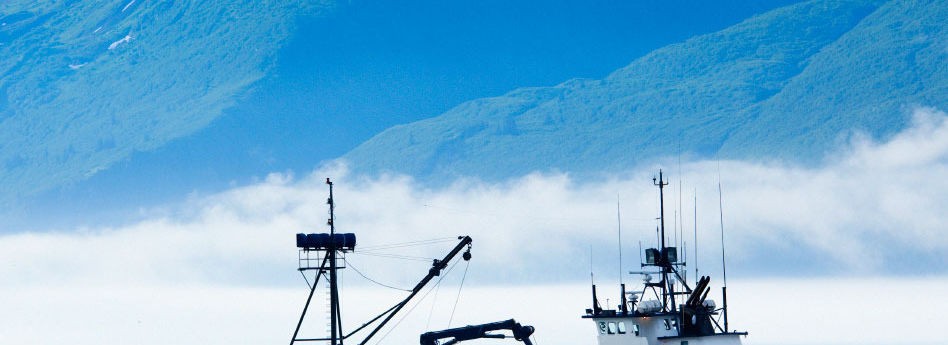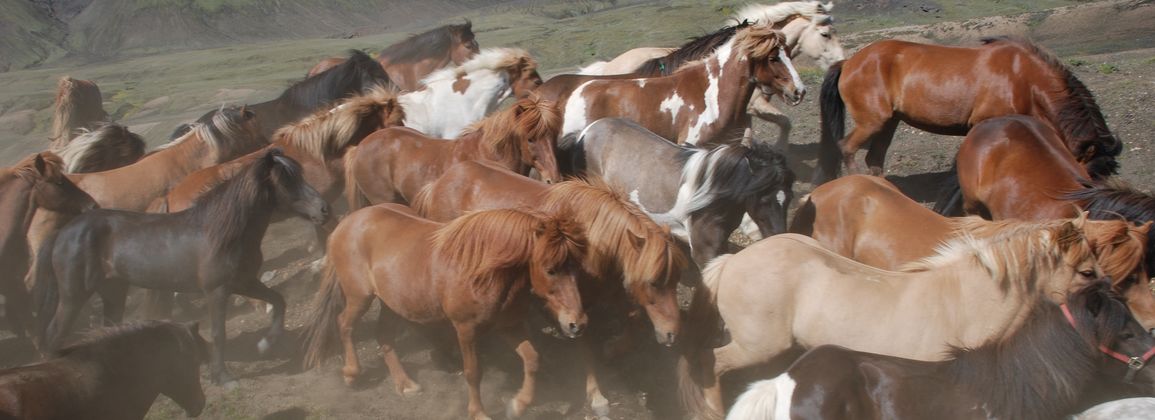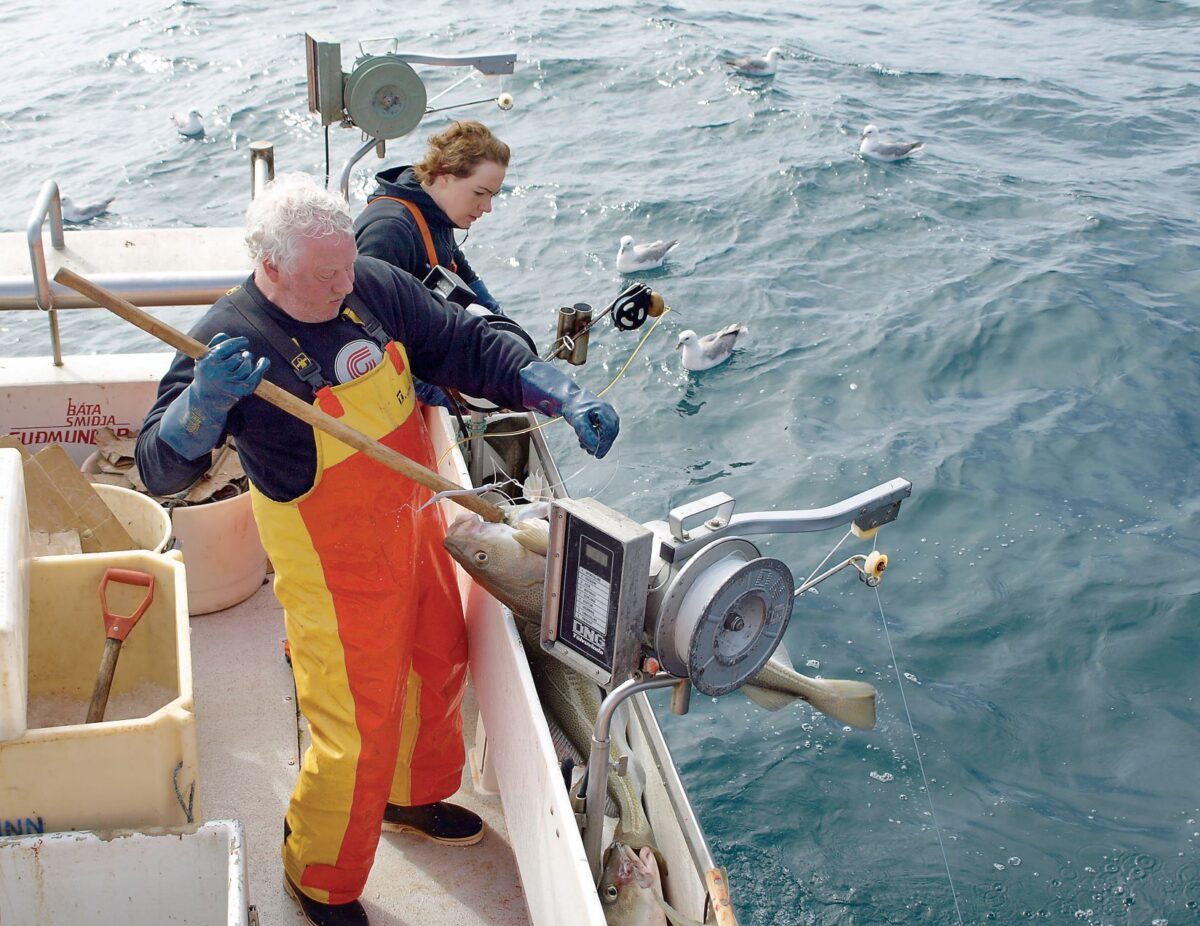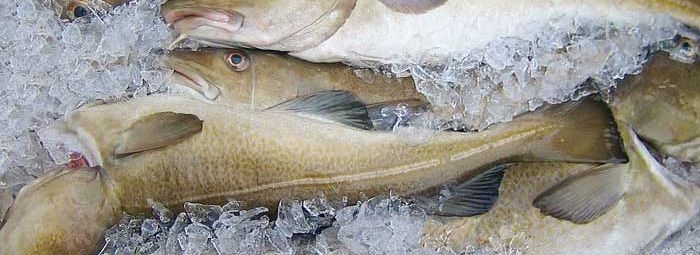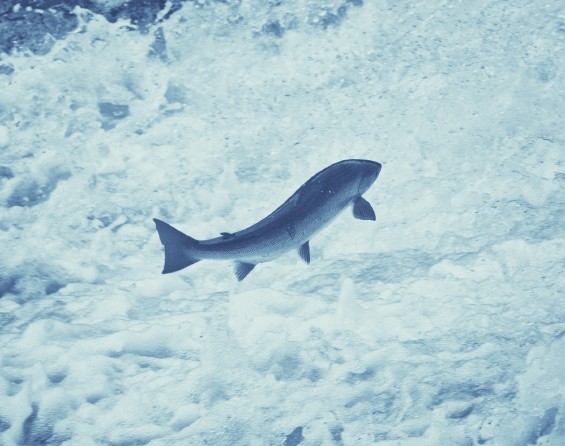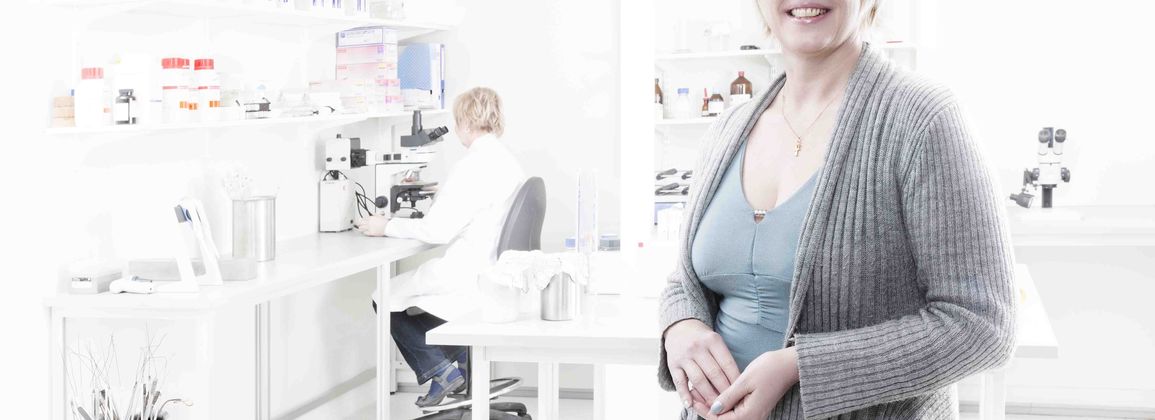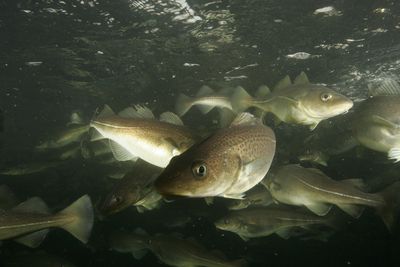Matís' annual report for the operating year 2014 has now been published. The annual report is in English but the report will be available in Icelandic in the coming weeks.
The main theme of this year's report is largely related to the bioeconomy, but this year was the year of Iceland's presidency of the Nordic Council of Ministers, followed by a three-year presidency program on the bioeconomy. Matís has worked closely with the Icelandic government on the implementation of the plan, as the bioeconomy is the basis for most of the company's research and innovation projects. The main task of the Presidency this year was to innovate in the Nordic bioeconomy in order to strengthen regional economic growth.
Matís will lead innovation and product development projects that will be carried out in the field of bioeconomy under the presidency program. Sigrún Elsa Smáradóttir, Head of Business Development, is the project manager.
These are projects that focus on innovation and increased sustainability in food production, increased production of biomass, including for biomass plants, and the utilization of new technology, including biotechnology, to increase value in the utilization of organic resources. Matís has already achieved good results in increasing the value of underutilized resources and looking for ways to improve the utilization of the resources that are already being utilized by conducting active research and innovation as well as supporting entrepreneurs. The innovation projects within the presidency program are thus a natural continuation of that work, they connect Icelandic and Nordic knowledge with the aim of identifying opportunities, reducing waste and increasing value in the bioeconomy.
For further information Steinar B. Aðalbjörnsson, marketing director of Matís.

